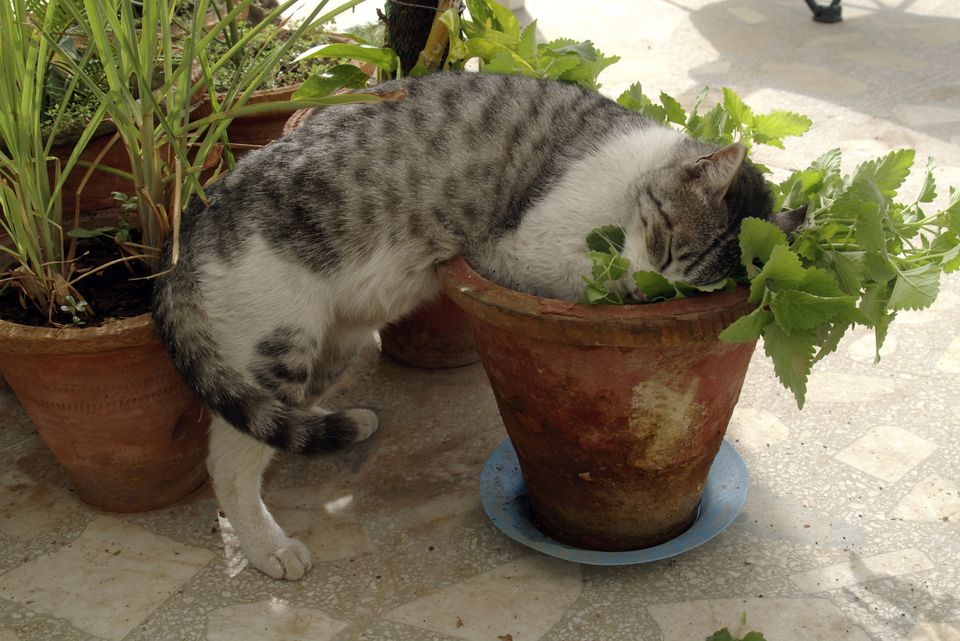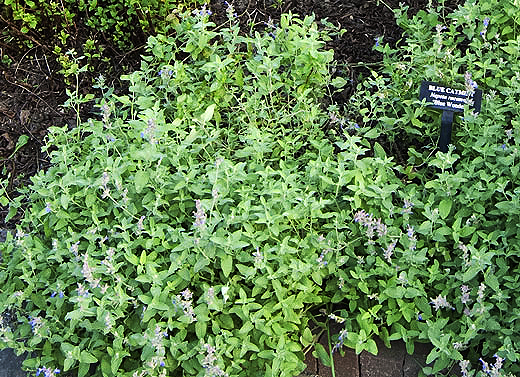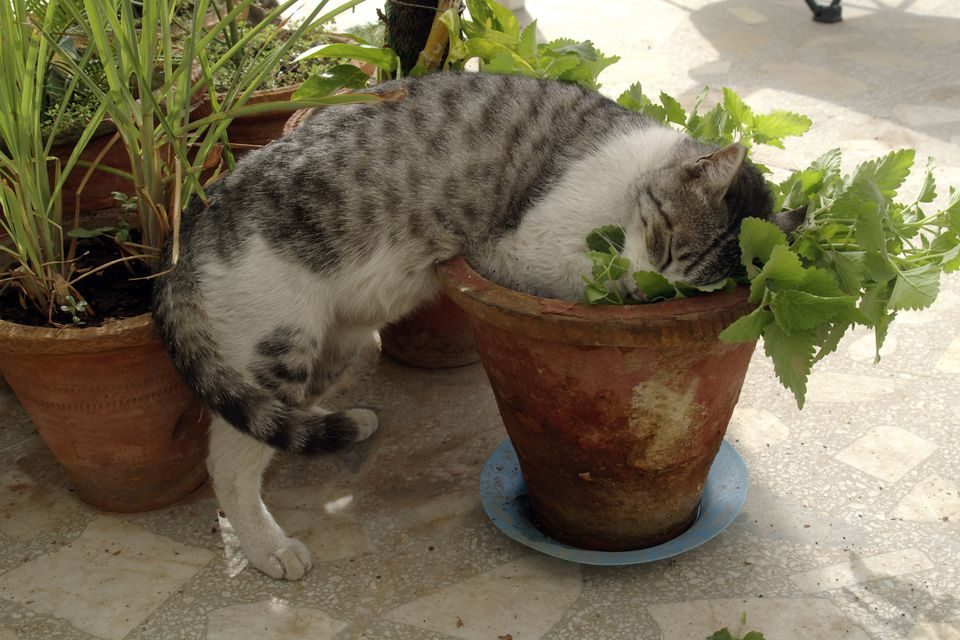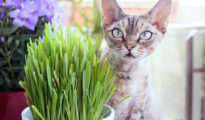Have you ever wondered what that magical herb is that drives your kitty wild? It's called catnip, and in this blog post, we'll tell you everything you need to know about it as well as how to grow catnip indoors. Catnip (Nepeta cataria) is a member of the mint family. It's a perennial herb that is native to Europe and Asia, but it now grows all over the world. Catnip is easy to grow and can even be considered a weed in some areas.

Why Does Catnip Make Cats to Crazy?
The active ingredient in catnip that affects cats is nepetalactone. Nepetalactone is structurally similar to valerian root, which is another plant that has calming effects on cats. When cats inhale nepetalactone, it binds to receptors in their noses and causes them to experience a range of emotions from playful to relaxed. The effects of catnip usually last for about 10 minutes before wearing off.
Not all cats react to catnip, though. In fact, only about 50-75% of cats are affected by it. Kittens under the age of 3 months old are also immune to its effects. And some cats may only be affected by it if they eat it rather than smell it. If your cat doesn't seem interested in catnip, don't worry—there's no need to force it on them.
How to Use Catnip
If you're planning to grow catnip, there are a few things you should know. First of all, it's important to plant catnip in an area where your cat (or cats) can't get to it. This is because once the plant starts to bloom, your feline friend will likely start digging it up. You can also planted catnip in pots or hanging baskets so that your cat can't reach it.
If you want to give your cat some fresh catnip, simply cut off a stem and rub it between your hands to release the oils. Then offer it to your cat and let them enjoy! You can also purchase dried or freeze-dried catnip at most pet stores. Just make sure to store it in an airtight container so that it stays potent.
How to Grow Catnip Indoors

Catnip (Nepeta cataria) is an easy to grow herb that belongs to the mint family. It's a short-lived perennial that's native to Europe and Asia but has been naturalized in North America. The plant grows up to 3 feet tall and produces small, white or light purple flowers from late spring to early fall. The leaves are serrated and have a strong minty smell. The oils in the leaves contain nepetalactone, which is what gives cats the “high” they experience when they rub against the plant or eat it.
Catnip can be started indoors from seed or purchased as a live plant from a nursery. If you're starting from seed, sow the seeds indoors 6-8 weeks before the last frost date in your area. Sow the seeds on the surface of moistened potting mix and cover with a thin layer of vermiculite or sand. Keep the soil moist but not wet and provide bottom heat if possible. The seeds will germinate in 10-14 days. Once the seedlings have reached 4 inches tall, transplant them into individual pots filled with potting mix.
If you're purchasing a live plant, transplant it into a pot that's large enough to accommodate its root ball. Use a potting mix that's high in organic matter such as compost or peat moss. Water regularly so that the soil stays moist but not wet and fertilize monthly with an all-purpose fertilizer. To encourage bushier growth, pinch back the tips of the stems after they've grown 6 inches tall.
Catnip can also be grown outdoors in an herb garden or in containers placed in a sunny location once all danger of frost has passed. Space plants 18-24 inches apart and water regularly during dry spells. Fertilize monthly with an all-purpose fertilizer and pinch back stems to encourage bushier growth if desired. Cats love fresh catnip so be sure to grow plenty so that you have some to share with your feline friends!
Herbs are easy to grow plants that offer a wide array of benefits, both culinary and medicinal. Catnip (Nepeta cataria) is an often overlooked herb that has many uses, not just for our feline friends but for humans too! This hardy perennial plant is easy to grow indoors or out and can be started from seed or purchased as a live plant from a nursery. Be sure to give your catnip plants plenty of room to grow as they can reach up to 3 feet tall at maturity! So now that you know how to grow catnip indoors, it's time to roll up your sleeves and get to planting!



















